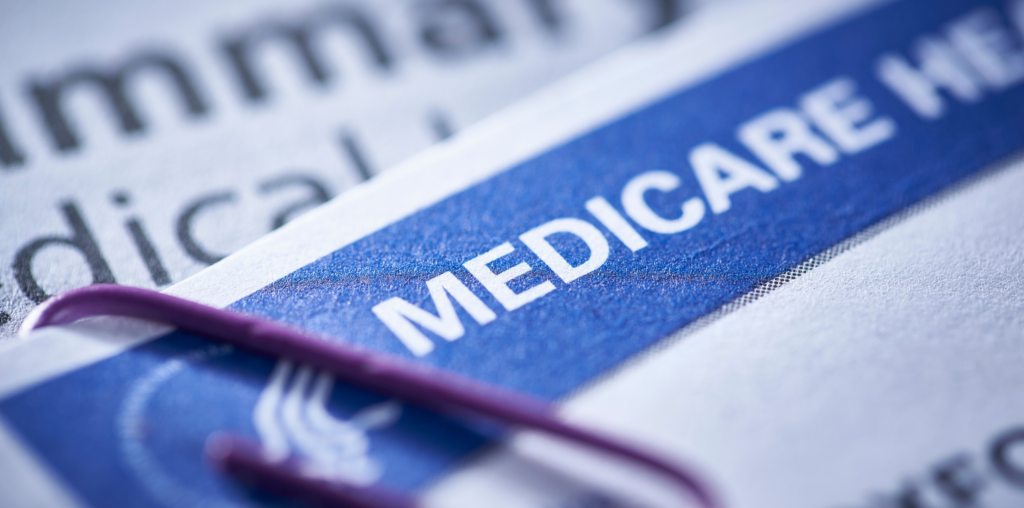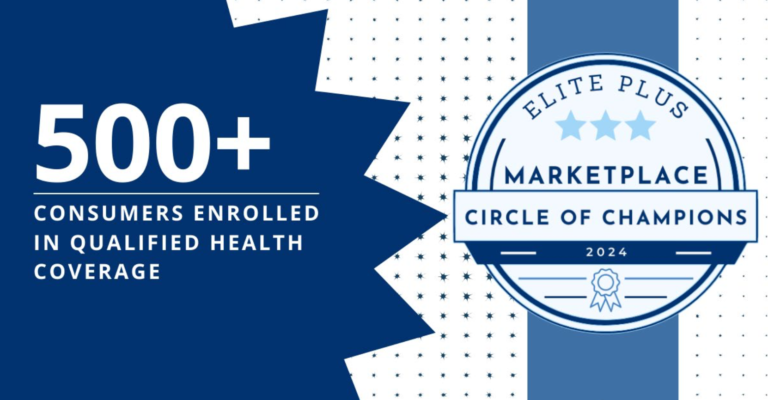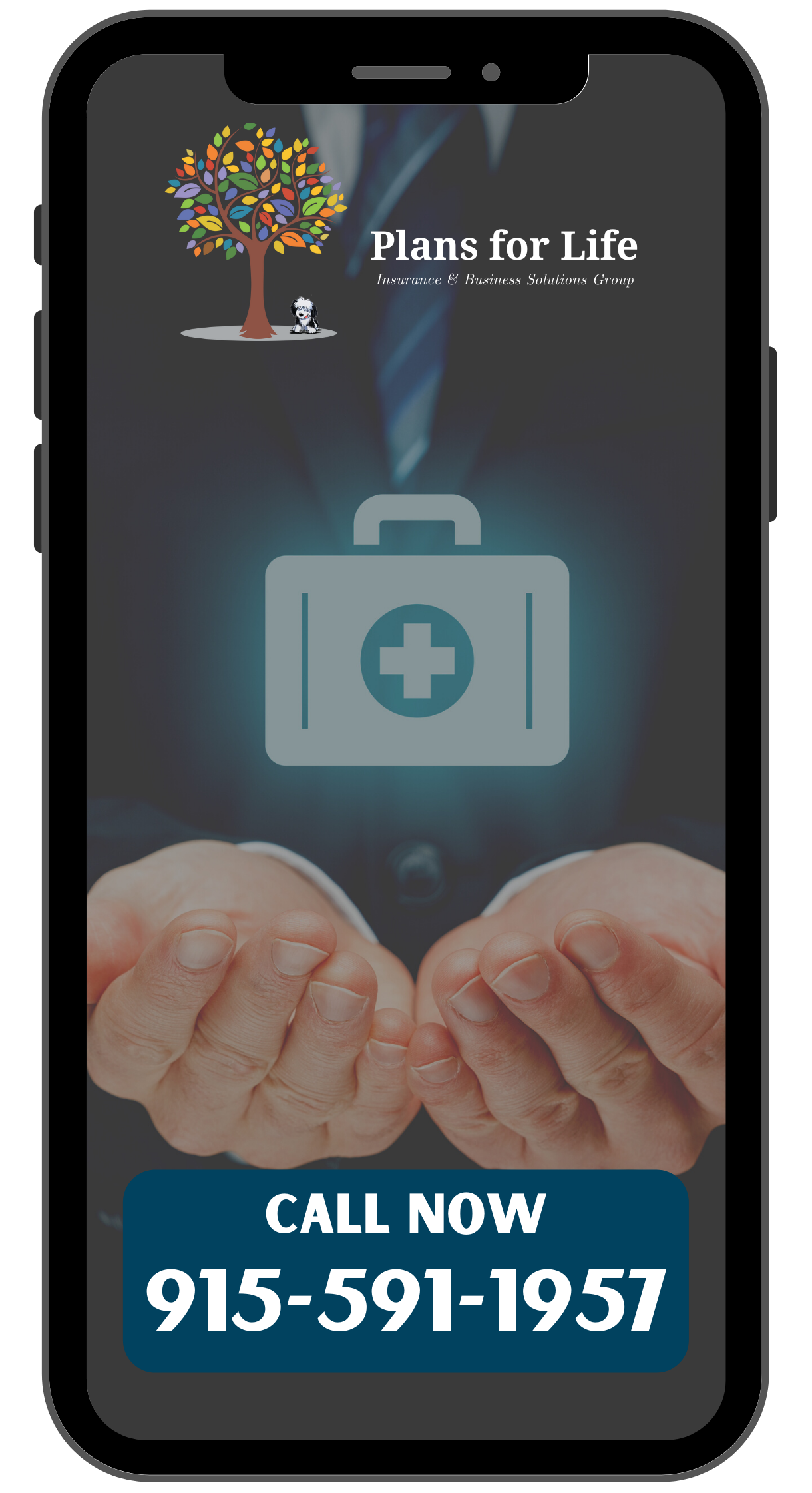A Comprehensive Guide to Medicare Eligibility and Enrollment

Introduction:
Welcome to Plans for Life, where our mission is to help you become a more informed consumer. In this blog post, we will be explaining how to qualify for Medicare, a federal health insurance program in the United States designed for people who are 65 or older, certain younger individuals with disabilities, and people with End-Stage Renal Disease (ESRD). Understanding the main factors that determine eligibility for Medicare is crucial to ensure you receive the appropriate coverage for your needs.
- Age-Based Eligibility:
Generally, you qualify for Medicare when you turn 65. If you or your spouse has worked and paid Medicare taxes for at least 10 years (40 quarters), you will be eligible for Medicare Part A (Hospital Insurance) premium-free. You can also enroll in Medicare Part B (Medical Insurance), which requires a monthly premium.
- Eligibility Due to Disability:
If you are under 65 and have been receiving Social Security Disability Insurance (SSDI) benefits for 24 months, you automatically qualify for Medicare Part A and Part B. Notably, there is no waiting period for individuals with Amyotrophic Lateral Sclerosis (ALS or Lou Gehrig’s disease) – they are eligible for Medicare as soon as they start receiving SSDI benefits.
- End-Stage Renal Disease (ESRD) Eligibility:
People of any age with ESRD (permanent kidney failure requiring dialysis or a kidney transplant) can qualify for Medicare Part A and Part B. To be eligible, you or your spouse must have worked long enough and paid Medicare taxes, or you must be receiving or eligible for Social Security or Railroad Retirement Board (RRB) benefits.
- Residency Requirements:
You must be a U.S. citizen or a permanent legal resident for at least five continuous years to qualify for Medicare.
- Enrollment Process:
Enrollment in Medicare can be automatic or manual, depending on your circumstances. If you are already receiving Social Security or Railroad Retirement Board benefits when you turn 65, you will be automatically enrolled in Medicare Part A and Part B. If you are not receiving these benefits, you will need to enroll manually during your Initial Enrollment Period (IEP), which starts three months before your 65th birthday, includes your birth month, and ends three months after your birth month.
- Additional Medicare Options:
In addition to Parts A and B, Medicare offers Part C (Medicare Advantage Plans) and Part D (Prescription Drug Plans), which are provided by private insurance companies approved by Medicare. To enroll in Part C or Part D, you must already be enrolled in Medicare Part A and Part B.
Conclusion:
Understanding the eligibility requirements and enrollment process for Medicare is essential for ensuring you receive the appropriate coverage. By being informed about the various factors that determine Medicare eligibility, such as age, disability, and residency, you can better navigate the complexities of this federal health insurance program. If you have further questions or need assistance, please feel free to reach out to Plans for Life, where our knowledgeable team is ready to help guide you through your Medicare journey.
Contact Information:
Phone: 915-591-1957 Address: 806 Ange St, El Paso, TX 79902





